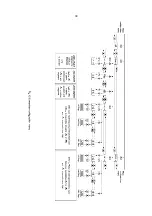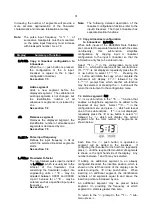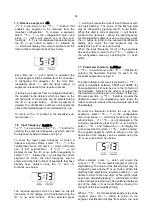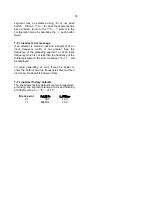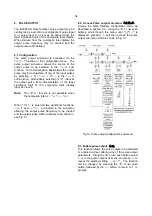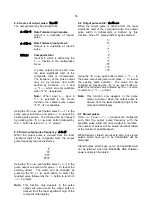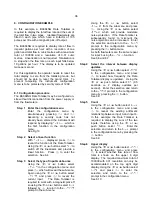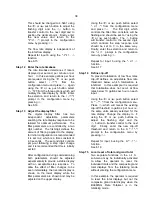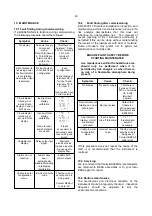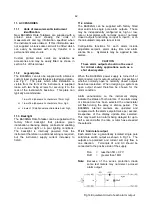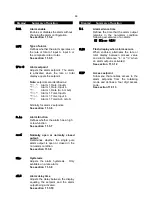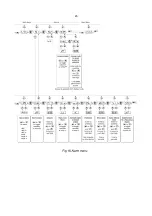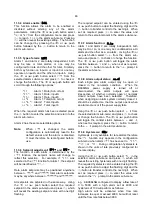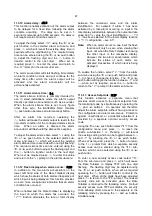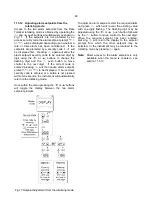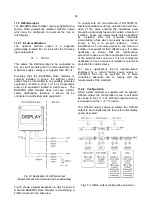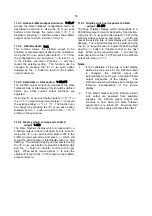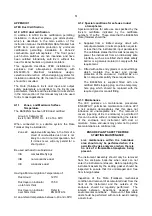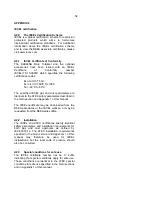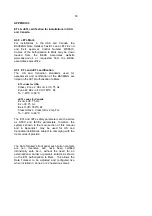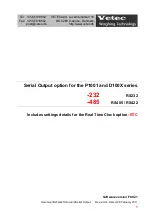
44
Display Summary of function
EnbL
Alarm enable
Enables or disables the alarm without
changing the alarm configuration.
See section 11.3.4
tYPE
Type of alarm
Defines whether the alarm operates on
the rate or total of input A, input b or
the composite rate or total.
See section 11.3.5
5P1r-A
Alarm setpoint
Adjusts the alarm setpoint. The alarm
is activated when the rate or total
display equals the setpoint.
Note:
setpoints are identified as:
5P1r-A
Alarm 1, Rate, Input A
5P1r-b
Alarm 1, Rate, Input b
5P1r
Alarm 1, Rate (A+b or A-b)
5P1t-A
Alarm 1, Total, Input A
5P1t-b
Alarm 1, Total, Input b
5P1t
Alarm 1, Total (A+b or A-b)
Similarly for alarm 2 setpoints.
See section 11.3.6
HI. LO
Alarm function
Defines whether the alarm has a high
or low function.
See section 11.3.7
no
.
nC
Normally open or normally closed
output.
Determines whether the single pole
alarm output is open or closed in the
non-alarm condition.
See section 11.3.8
H5tr
Hysteresis
Adjusts the alarm hysteresis. Only
available on a rate alarm.
See section 11.3.9
dELA
Alarm delay time
Adjusts the delay between the display
equaling the setpoint and the alarm
output being activated.
See section 11.3.10
Display Summary of function
5iL
Alarm silence time
Defines the time that the alarm output
remains in the non-alarm condition
following acceptance of an alarm.
See section 11.3.11
FL5H
Flash display when alarm occurs
When enabled, alternates the rate or
total display between process value
and alarm reference
AL1
or
AL2
when
an alarm output is activated.
See section 11.3.12
AC5P
Access setpoint
Sub-menu that enables access to the
alarm setpoints from the totalising
mode and defines a four digit access
code.
See section 11.3.13

